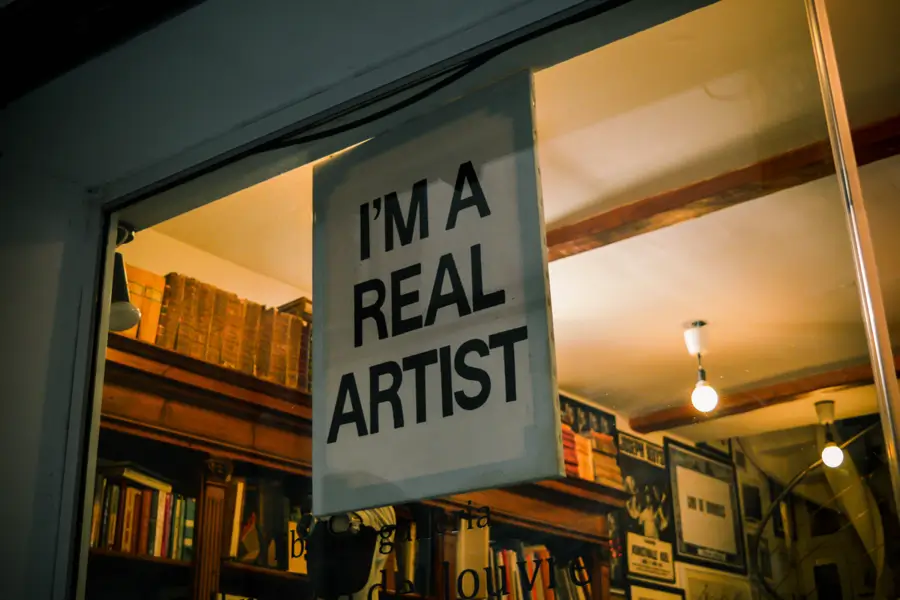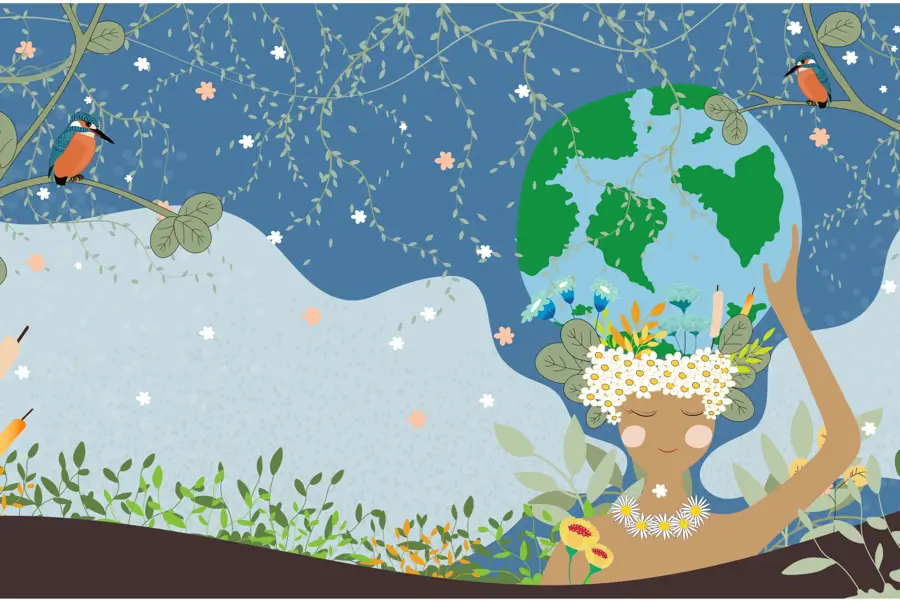
INSPIRATION

When most people think about art, they think about paintings on a wall, sculptures in a garden or brightly-colored origami. It’s easy to appreciate the craftsmanship of well-done paintings and sculptures, and they can be aesthetically pleasing, but most people don’t see how this art can make an impact in other ways.
When administrators decide to make budget cuts to a school curriculum, the arts program is usually among the first to get the ax. Their reasoning is that art is fun and interesting, but it doesn’t help students get a job, and it doesn’t give students skills that they will need to succeed in life.
Luckily, we are here to prove those short-sighted administrators wrong. Not all examples on the following list show how art helps students succeed. But some of the examples do, and others prove that art makes a difference in people’s lives, even if some don’t notice it.
We went over this briefly in our roundup yesterday, but the National Endowment for the Arts released a study explaining that at-risk students who have a high level of arts engagement actually perform better academically, aspire to higher career goals, and become more active in the community. The report cautions that cause doesn’t necessarily mean correlation in these instances, but unlocking a child’s creativity seems to help make the child a more well-rounded student. Sure, math, reading, and science are important subjects for any young student to learn about. But the arts aren’t just some fluff subject that is a pleasant break from intensive learning. The arts are a subject just like the rest of them, and they are helping students blossom just the same.
The unfortunate truth of illness and disease is that hospitals can be depressing places to spend a lot of time, especially for young children. In Massachusetts, decision-makers have found a way to alleviate some of that boredom and sadness using art. Over the past five years, instructors from the Boston Museum of Fine Arts have been making regular trips to the Children’s Hospital in Boston and the Dana Farber Cancer Institute to help young patients get a break from their often grueling treatments — and the results are encouraging. The children love it, and their parents can see it is improving the children’s quality of life. Researchers say that exposure to the arts helps decrease levels of stress as well, and regular cancer treatments are undoubtedly stressful for anyone, let alone young children. It may not provide direct medical assistance but don’t try and tell us it isn’t making a difference in these children’s lives.
Developmental disabilities such as autism and schizophrenia can be difficult for anyone to deal with. Mood swings, depression, anger, and reclusive behavior are hallmarks of some of these disabilities, and unfortunately, medical science can only do so much to curb these symptoms. That difficulty is exactly why some people are thinking outside the box and using expressive art therapy to bring the patients out of their shells. Whether it’s music, sketching, dancing, or even dramatic reenactments, art therapy provides abstract benefits to those who are struggling with disabilities. This doesn’t cure them, but nothing will. Instead, it improves their mood and helps them become less reclusive. And every little bit helps.
The spoken and written word can be powerful ways to bring light to issues of any magnitude. But let’s not forget about visual art, either. It could be photographers documenting damage to nature, videographers creating compelling films about AIDS or violations of human rights in other countries, or even painted plates raising awareness about the issue of capital punishment. Whatever it is, art is a powerful way for people to convey a message, sometimes even more powerful than words. Take the plates as an example. Stories of prisoners on death row can be powerful, but paintings depicting the last meal of more than 400 prisoners inspire far more emotion visually than any written word could provide — no matter how eloquently written.

The Art Career Project is a trusted resource for emerging and professional artists.